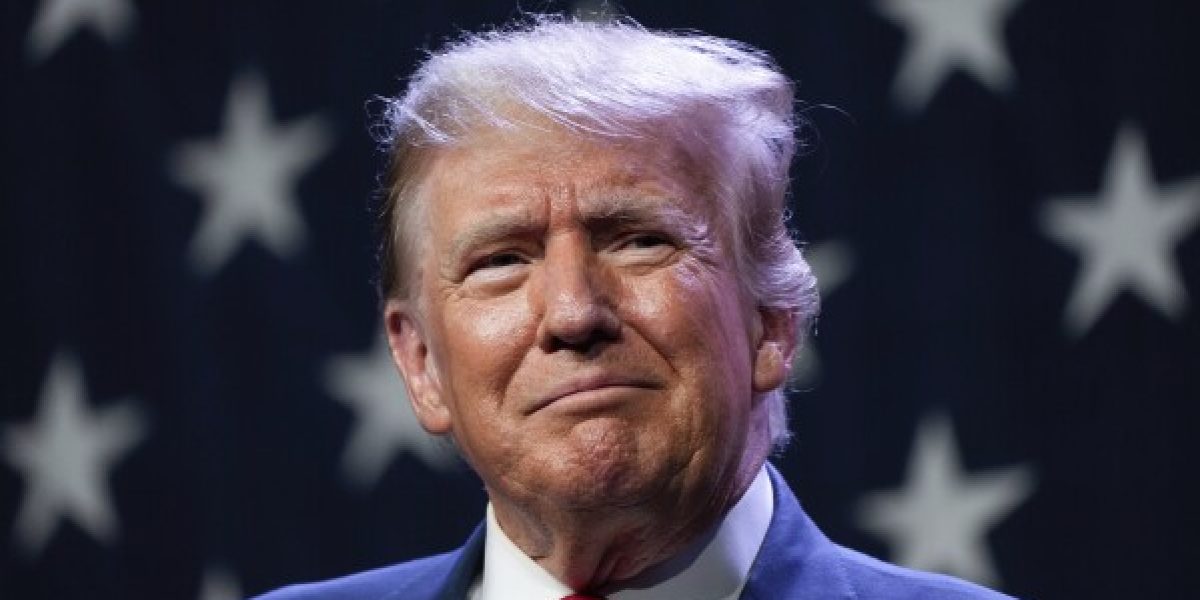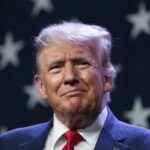Donald Trump’s political campaigns have redefined modern American fundraising. From 2016’s outsider insurgency to his well-established 2024 run, Trump has crafted a financial machine combining wealthy donors, small-dollar supporters, and strategic spending. Understanding Trump campaign finance provides deeper insight into not only his political influence but also how domestic influences on US foreign policy emerge from key backers and priorities.
In this detailed breakdown, we explore who the major Trump campaign donors are, how his fundraising strategies have evolved, and what it all means for American politics.
The Evolution of Trump Campaign Finance
When Trump first launched his 2016 campaign, many political analysts doubted he could build a traditional fundraising apparatus. Initially self-financing his efforts, Trump presented himself as a billionaire outsider who didn’t need big-money donors. However, as the campaign gained traction, he shifted strategies, embracing both high-dollar fundraising and grassroots support.
By 2020, the Trump campaign had become one of the most well-funded political operations in American history, raising over $1.96 billion between his campaign, the Republican National Committee (RNC), and affiliated joint fundraising committees.
As we head into the 2024 election cycle, Trump’s fundraising power remains formidable, fueled by a combination of loyal Trump campaign donors and innovative spending strategies.
Key Trump Campaign Donors
Several major donors have consistently supported Trump, shaping his campaign war chest and, by extension, potentially influencing broader policy positions. Here are some of the most influential figures behind Trump campaign finance:
- Sheldon and Miriam Adelson
Before Sheldon Adelson’s death in 2021, the billionaire casino magnate and his wife, Miriam, were among the largest contributors to Trump’s 2016 and 2020 campaigns, donating over $200 million to Trump-aligned groups. Their strong support for Israel and opposition to Iran influenced Trump’s foreign policy decisions, showcasing how domestic influences on US foreign policy often stem from major financial supporters.
- Robert and Rebekah Mercer
The Mercers, hedge fund billionaires, were crucial in Trump’s rise, especially in 2016. They not only donated millions but also introduced Trump to influential political operatives like Steve Bannon and Kellyanne Conway. Their backing helped build the digital data machine that powered Trump’s campaign outreach.
- Peter Thiel
Silicon Valley billionaire Peter Thiel has been another significant backer. Although he maintained a lower profile during later elections, Thiel’s early support signaled to other wealthy tech investors that Trump was a viable candidate for their interests, particularly regarding deregulation and free-market policies.
- Linda McMahon
Former WWE executive Linda McMahon and her husband, Vince McMahon, have been long-time Trump allies. Linda served as head of the Small Business Administration under Trump and contributed millions to Trump campaign finance efforts through super PACs.
- Small-Dollar Donors
Perhaps the most overlooked but critical group are small-dollar donors. Millions of Americans have contributed $5, $10, or $20 to Trump’s campaigns, collectively accounting for a huge share of his fundraising totals. This grassroots energy solidified his base and gave his campaign resilience against fluctuations in elite donor support.
Spending Strategies: How Trump Uses His War Chest
Trump’s campaigns have spent vast sums on a range of priorities, combining traditional political tactics with innovative strategies tailored to his brand.
- Digital Advertising Dominance
One of the defining features of Trump’s campaign spending is his aggressive investment in digital advertising. In both 2016 and 2020, his campaign spent millions on platforms like Facebook, Google, and YouTube, micro-targeting voters with personalized ads. This online dominance allowed Trump to bypass traditional media channels and speak directly to his supporters.
- Massive Rallies
Unlike many politicians, Trump’s rallies serve not only as voter mobilization tools but also as media spectacles. His campaign consistently allocated funds for large-scale events, generating free media coverage valued at billions of dollars—essentially multiplying the impact of each dollar spent.
- Legal Fees
Facing multiple investigations and lawsuits, Trump’s campaign and affiliated political committees have spent heavily on legal defense. In 2023 alone, it was reported that Trump’s political operation spent over $50 million on legal costs—a highly unusual expenditure for a presidential campaign.
- Merchandise Sales
The Trump campaign has uniquely turned merchandise sales into a major revenue stream. Hats, shirts, flags, and other branded gear not only fund the campaign but also deepen emotional investment among supporters, blurring the line between political movement and cultural brand.
- Strategic Media Buys
While digital dominates, traditional TV and radio advertising remain key, especially in battleground states. Trump’s team has carefully timed major ad buys around pivotal events, ensuring message dominance during critical voter decision-making periods.
Domestic Influences on US Foreign Policy: The Role of Donors
One of the most fascinating aspects of Trump campaign finance is how it reveals the domestic influences on US foreign policy. Donors like the Adelsons were strong advocates for moving the US Embassy in Israel to Jerusalem—a promise Trump fulfilled early in his term.
Similarly, energy executives who donated heavily to Trump’s campaign saw favorable policies such as expanded drilling rights and withdrawal from the Paris Climate Agreement. These examples illustrate how campaign contributions don’t just influence elections—they can shape the very direction of American foreign policy.
Fundraising Challenges and Opportunities Ahead
While Trump’s fundraising prowess remains strong, it’s not without challenges:
- Legal Scrutiny: Ongoing investigations into fundraising practices and the use of funds for personal legal defense have raised ethical and legal questions.
- Donor Fatigue: After nearly a decade of nonstop campaigning, some traditional Republican donors have signaled reluctance to continue funding Trump’s operations at previous levels.
- Emergence of Rivals: Within the GOP, figures like Ron DeSantis and Nikki Haley have cultivated their own donor networks, potentially siphoning money away from Trump’s campaign.
Still, the combination of unwavering small-dollar donor loyalty and strategic use of media ensures that Trump campaign finance remains a force to be reckoned with.
Conclusion: What Trump’s Fundraising Tells Us About American Politics
The story of Trump campaign finance is the story of modern American populism, digital innovation, and the deep entanglement of money and policy. Trump campaign donors, from billionaires to everyday citizens, have created one of the most resilient political brands in American history.
Moreover, the influence of these donors often extends beyond domestic policy into the realm of international affairs, underscoring how domestic influences on US foreign policy are often rooted in campaign contributions and political patronage.
As Trump marches toward the 2024 election, his campaign’s financing strategies will once again play a decisive role—not just in his own fate, but in shaping the broader future of American governance.












